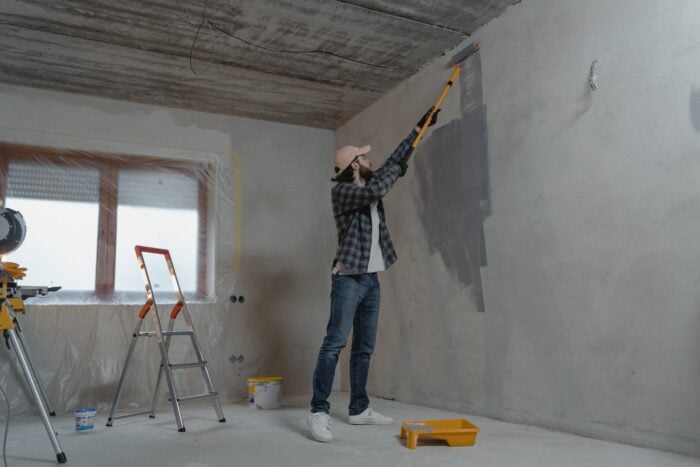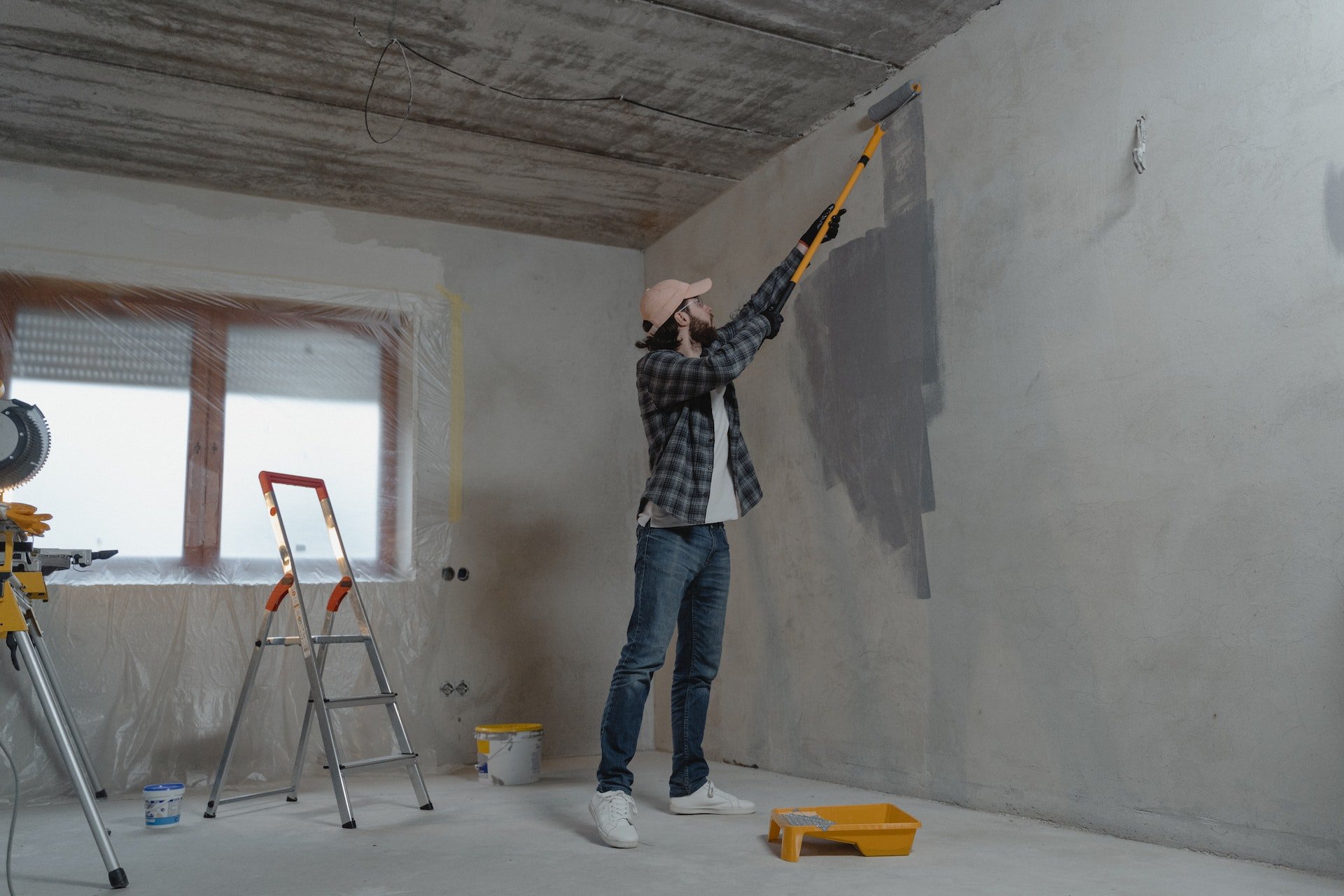Do you have a plan to construct a retaining wall? Gabion fence is one of them, but how do you build such a fence? Here is a step-by-step guide on how to construct a gabion fence.
Step 1: Lay Out Your Site
Using a line level and a string line or a carpenter’s level placed on a straight edge, lay out your wall. Also, ensure that the pad is equal in the two directions.
Step 2: Provide a Level and Firm Base
Remove all weeds, grass, or topsoil using a flat shovel or hoe. Put the gabion fence directly on the ground if the soil is firm enough. Clay or sandy soil ground requires a concrete footer or compacted gravel. You can also use a brush killer to eliminate roots and weeds and then use geotextile fabric to cover the ground if vegetating the wall is not your plan.
Step 3: Gabion Support – Install Columns for Support
There exists no structural reliability in the wire of a thin width gabion fence. The wall will need internal reinforcement columns rooted in concrete and spread out around 6 ft. centers. Typical posts might be parts of galvanized pipes, wood posts that are pressure treated, or members of structural steel, based on the local codes and installation. Bury the post three to four feet deep. Add a mixture of dry concrete, then add water to wet it. Finally, give it around two days, and you can begin the installation.
Step 4: Assemble the Gabion Baskets
On the foundation you prepared above, unfold and lay out the mesh panels by slipping the gabions over the support columns. A spiral of electrified steel holds the basket together. All you have to do is to wind the spiral via the adjacent ends of the wire panels. When you reach the end of the spiral, use pliers and secure them to prevent slipping out.
The most common size of baskets used is six feet long. To minimize bulging, they have a panel in the middle. Depending on the basket’s height, the gabion baskets require bracing ties on every corner.
Step 5: Fill the Gabion Baskets
To produce a gabion fence that perfectly fits the surrounding landscape, fill them with indigenous rocks if available. The external rocks on the open faces require to be a bit bigger than mesh openings to prevent leakage. For instance, a three by three wire mesh needs at least 4 ft. rocks and the maximum size should be 8 ft. Angular rocks are perfect for the corners. In the center, add small rocks, concrete materials, and used bricks. Packing these rocks may take time; however, it is essential. Section the good-looking rocks on the basket’s face and fill all the holes left using the smaller pieces. Orient these pieces as close as possible and then fill in behind to ensure they are in place.
Step 6: Add Layers
You will stack several baskets to form a layer of 3 ft. After you pack the bottom basket, close its cover with a wire and then place the second layer on its top. Fill the second layer placing the attractive rocks on the exterior and the less appealing in the middle.
Conclusion
Finally, building a gabion face is not complicated; however, you should arrange the rocks carefully. This helps to come up with an attractive wall. If you are planning to build a gabion fence, discussed above are the steps to follow. Follow each step accurately and carefully, and you will build a firm and sturdy gabion wall.









